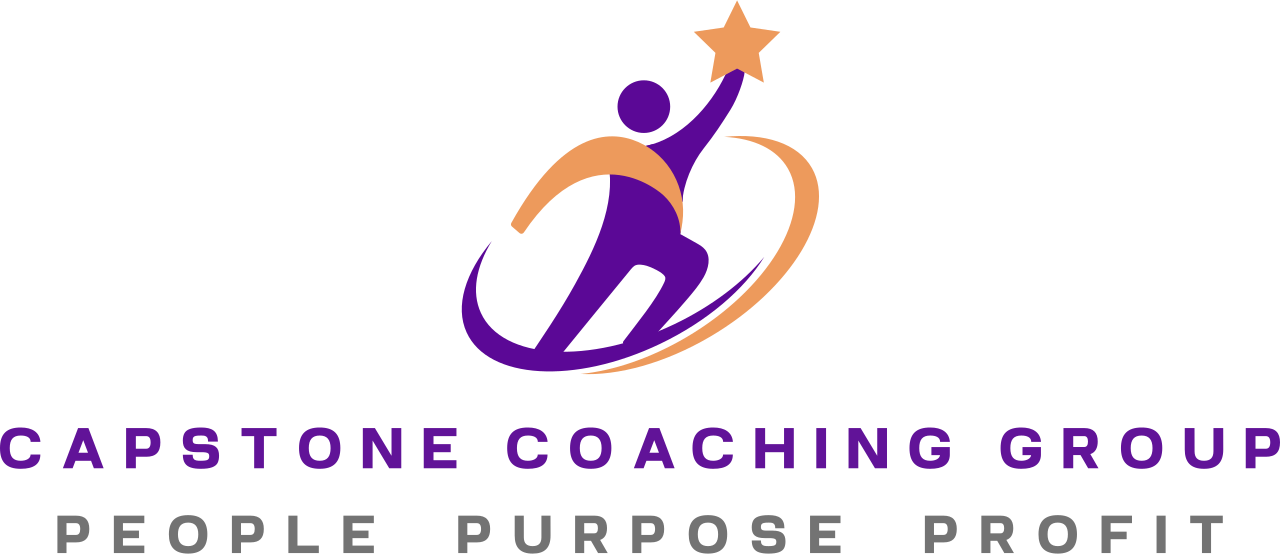BLOG
Scaling Your Business: When and How to Expand for Next Level Success
The Scaling Dilemma—Are You Ready to Expand?
Scaling a business is exciting—but also nerve-wracking. You’ve worked hard to build momentum, and now you’re wondering: Is it time to grow? And if so, how do I do it without losing what’s already working?
Many business owners hit a point where they’re turning down opportunities, struggling to keep up with demand, or sensing that their current model can’t take them further. Growth isn’t just about more revenue—it’s about building capacity with intention.
Signs You’re Ready to Scale:
- You’re regularly turning down work because your plate is full.
- Clients are asking for additional services or support.
- Your systems (and maybe your sanity) are straining under the current load.
If any of these sound familiar, you're likely at a crossroads. The good news? With the right strategy, scaling can actually bring more ease, not just more work.
Let’s explore how to grow your business wisely—without burning out or getting overwhelmed.
Hiring vs. Outsourcing—Which One Fits Your Growth Plan?
One of the first decisions you’ll face is whether to bring on help—and if so, what kind.
Hiring an employee may feel like a big leap. But so is continuing to do everything yourself. The key is understanding what kind of support will move the needle without bogging you down.
Hire when:
- The role is critical to your core business operations.
- You need someone consistently and long-term.
- You want to build a cohesive team with shared values and vision.
Outsource when:
- The task isn’t in your Pinnacle Gift™—your zone of genius—and doesn’t need to be done in-house.
- You need short-term or specialized expertise.
- You want to test a role before committing to a full-time hire.
Think of hiring as building your foundation—and outsourcing as adding flexible scaffolding. Both support growth, but in different ways.

Growing Beyond Yourself—The Art of Letting Go
If you’ve ever thought, “No one can do it like I can,” you’re not alone. Many entrepreneurs struggle with delegation because their business feels like an extension of themselves.
But here’s the truth: if you want to scale, you can’t be the only one in the driver’s seat. Growth requires letting go.
Start by asking:
- What am I still doing that someone else could easily take over?
- What’s the opportunity cost of keeping those tasks on my plate?
- If I had 10 more hours a week, how would I reinvest that time?
One powerful mindset shift? Move from doing to leading.
We teach a concept called Tight–Loose–Tight to help clients ease into delegation: Set clear expectations (tight), give the person freedom to execute (loose), and follow up with feedback and results (tight). Want to know more? Just ask!
Stuck in the Same Gear? Shift into Growth Mode
Feeling like your business is stuck in neutral—even though you're putting in the hours? That’s a common sign you’ve hit a growth plateau.
In the Pinnacle Success System™, growth begins with clarity—aligning your business with your Pinnacle Gift™ and focusing on high-impact actions.
Here’s how to break the cycle and shift into expansion:
1. Audit Your Time
- Track your tasks for one week.
- Highlight activities that drain energy or produce little revenue.
- Delegate or automate what doesn’t align with your strengths.
2. Refine Your Offers
- Are your services aligned with what your ideal clients really need?
- Ask for feedback or reviews.
- Cut what’s not working and double down on what delivers results.
3. Assess Your Team and Support System
- Do you have the right people—or are you wearing too many hats?
- Start small: outsource admin tasks or bring on a part-time assistant to free up mental space.
4. Invest in Smart Systems
- Automate wherever possible: scheduling, invoicing, client onboarding.
- Use AI or productivity tools to streamline repetitive work.
Scaling is about working smarter, not harder. Free up your energy to focus on your best and highest contributions.

When to Expand Your Services—Without Overextending
Another common growth question: Should I add new services?
It’s tempting to say yes to every request, but not every opportunity is worth pursuing. Expanding too early can dilute your brand and drain your resources. But waiting too long can leave money on the table.
Here are three questions to help guide your decision:
- Is there real demand for this service?
- Does it align with your Pinnacle Gift™—the unique value only you can provide?
- Do you have (or can you create) the capacity to deliver it with excellence?
Example: A boutique marketing agency known for social media may get frequent client requests for email marketing. Rather than branching into five new service areas, they could start with one strategic offer—like a "conversion-focused email campaign" package. It's aligned, it's tested, and it builds on what’s already working.
Pro tip: Expansion should deepen your impact, not scatter your focus.
Entering New Markets—The Right Way to Grow Your Reach
Thinking of expanding into a new region or targeting a different audience? Entering new markets can be a game-changer—if you do it thoughtfully.
You may be ready if:
- You’ve maxed out your current audience.
- You see untapped demand elsewhere.
- You have the infrastructure to support additional growth.
Smart ways to test a new market:
- Pilot a single product or service in the new area.
- Ask existing clients for referrals or connections in the new space.
- Partner with someone already established in that market.
Start small, listen closely, and let data—not assumptions—guide your next move.

Scaling Success Stories—Real Businesses, Real Results
What does smart scaling look like in real life?
Here are three examples of business owners who scaled strategically:
- A solo consultant hired a virtual assistant, freeing up 10+ hours a week. They used that time to nurture high-value client relationships and doubled their revenue in six months.
- A boutique bakery automated their ordering process and partnered with a local delivery company. They expanded regionally without opening a second location.
- A product-based company improved fulfillment and customer service using automation tools. They scaled from local to national distribution—while keeping their team lean and focused.
The takeaway? Strategic scaling isn’t about adding chaos. It’s about building support systems that help you do more of what matters most.
Your Scaling Roadmap—What’s Your Next Move?
You’ve explored when to hire, how to delegate, what to automate, and when to expand. Now comes the most important part: taking action.
Here’s your challenge. Pick one area of your business to focus on over the next 30 days:
- Is it time to delegate more?
- Can you refine your offers?
- Do you need smarter systems?
- Is there a market you’re ready to explore?
Drop your answer in the comments—or send me a message. Let’s start the conversation.
Scaling doesn’t happen all at once—it happens one bold step at a time.
If you’re ready to grow intentionally and sustainably, I’m here to help. Let’s design a scaling strategy that aligns with your strengths, supports your team, and sets you up for long-term success.
Ready to stop spinning your wheels and start scaling with confidence? Let’s talk. Book a discovery call today—and let’s chart your path to next-level growth.











